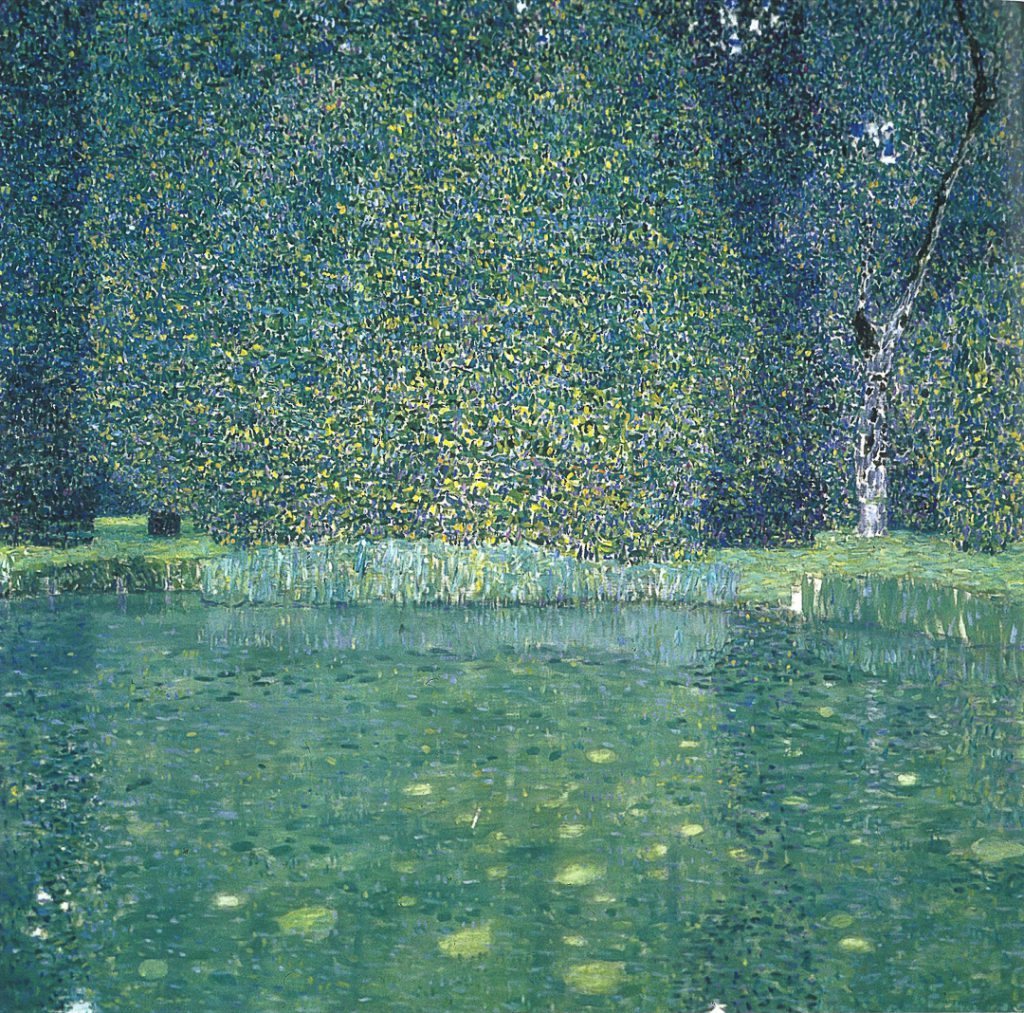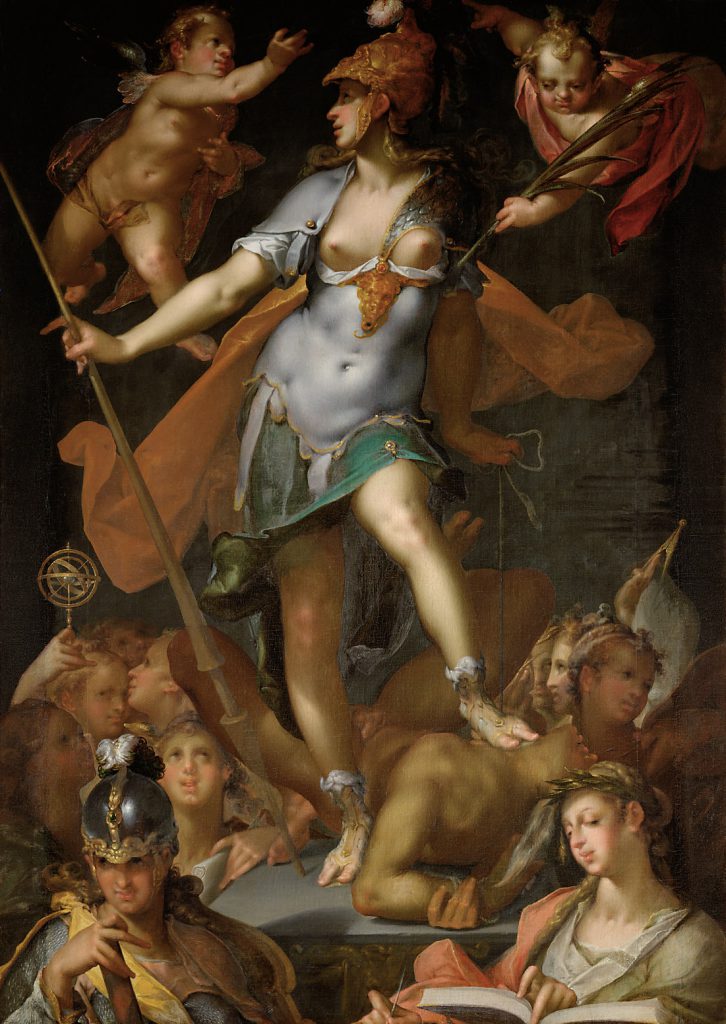
I’m not given to audible gasps of shock, but I gasped when I read the news last Friday morning about Alexei Navalny’s death. The news should not have come as a surprise given the terrors of the Putin regime and its reaction to Navalny’s role as a dissident, but I was not emotionally or intellectually prepared for it. Until then, Navalny had seemed almost indestructible, a symbol of the human capacity to fight for justice and liberty. Of course he was never indestructible. None of us are. But such deaths can undermine the hope for meaningful political change, a hope that he and his supporters personified. And so I was stunned. (So was my daughter, who had written a report on Navalny as a middle-school assignment; she was devastated by the news when she saw it on social media.)
Navalny was murdered at a time in which the West’s attitude towards Putin’s Russia and the War in Ukraine had become profoundly ambivalent. The Kremlin’s increasing hostility to the needs and integrity of its own people had come to seem an internal matter; Tucker Carlson’s interview with Putin of only a few weeks ago generated little news or attention, and Donald Trump’s facile refusal to commit American support to NATO in the aftermath of hypothetical Russian invasions of other independent European countries appeared to reflect the sympathies of his isolationist base. Similarly, the second anniversary of Russia’s redoubled incursion into Ukrainian territory approached with American aid stalled in Congress and setbacks on the military front. Words like “fatigue” began to appear more frequently in the media — combat fatigue, compassion fatigue. The War in Gaza, because it’s more recent and has led to more controversial and violent protests domestically, received more attention. Military strategists often consider the difficulty of fighting a war on two or more fronts, or fighting two wars at the same time. It seems that American public discourse when it comes to foreign wars finds it difficult to focus on even one.
Both the internal crisis of Russia and the War in Ukraine have generated similar ambivalence; for some time it has seemed difficult to consider them together as part of the same threat to the West. There are good reasons for this. Historically, Central Europe was the home to the Holocaust, the Holodomor, and often virulent antisemitism, a history that still remains within the living experience of its victims, and those who participated in those horrors, and their children, still live and work in the region. Navalny’s early career as a Russian opposition leader flirted with racist nationalism and Islamophobia, trying to find common ground with far-right parties in an attempt to create a larger opposition coalition. Many have not forgotten nor forgiven him for this despite the evolution of his views towards a more liberal, inclusionist philosophy in recent years, especially after the 2022 invasion of Ukraine (incidentally the homeland of Navalny’s father; Navalny spent many summers there as a child). And despite Zelensky’s Jewish background and the contemporary status of Ukraine as a multiethnic and polyglot culture, the collaboration of a significant number of Ukrainians with the Nazi regime in the Second World War has similarly left many Americans cautious of support. This is not to mention continuing significant corruption in both countries, rendering international financial support an endeavor of dubious wisdom to some.
These are ugly facts, and they are facts — there’s no denying any of them. But to respond to them with bad-faith cynicism about the ability of individuals and cultures to meaningfully come to terms with their pasts and develop into more humanist, inclusive societies is a grotesque abandonment of our responsibilities as world citizens. Responsible individuals and governments acknowledge and condemn the missteps and evils of their pasts; authoritarian nationalists do not. (Indeed, Vienna’s Burgtheater has just revived Thomas Bernhard’s play Heldenplatz — a far more searing look at the history of the Holocaust and its contemporary significance than Tom Stoppard’s Leopoldstadt — which does exactly that.)
In the past few weeks I’ve written here quite a bit about civilization, specifically European civilization, and this civilization eventually developed into the background against which Western liberalism emerged. It is this Western liberalism that is at risk from the encroachment of nationalist authoritarians like Putin, Orban, Netanyahu, and Donald Trump (nationalist authoritarianism being the ugly flip side of genuine patriotism). Despite the beliefs of “Hey hey ho ho, Western culture’s got to go” progressives in the West, Western culture and liberalism — a liberalism based in 19th-century conceptions of the integrity of the individual conscience and the obligation to ameliorate the worst of a society’s ills as a primary responsibility of the government — did not invent racism or slavery; indeed that liberalism has led us to recognize them as the evils they are, and to do something about them. That it did not completely do so, and that it may never be finished doing so — that Western liberalism has not been able to entirely eradicate racism, slavery, antisemitism, or poverty — is only to confirm the observation of Immanuel Kant, one of the fathers of Western liberalism, that “Out of the crooked timber of humanity no straight thing was ever made.” Paradise is for the dead; we among the living are not granted citizenship in it.
So what does all of this have to do with Navalny and Ukraine? Well, everything, really. Western culture is situated in Europe, and it is this Europe that Putin seeks to destroy, that Trump and MAGA Republicans seek to abandon — and whether we like it or not, like the woman getting a manicure in the old Palmolive ads, American culture has been soaking in European culture from the beginning.
This morning, Alexei Navalny’s wife, Yulia, released the below video (with English subtitles), urging that with Navalny’s death we must redouble our efforts to defend those things that are most important to us; that the cause that Ukraine and Navalny represent is the noblest of causes, and that we must do the best we can to silence the bad-faith cynicism within ourselves that might be an understandable response to such crushing events as Navalny’s murder and Ukraine’s dire military predicament. As a first step you might consider a donation to Razom, the US-based Ukraine support group, or to Navalny’s own Anti-Corruption Foundation. As I say, only a first step. But as the road seems to be getting longer with every day, the journey doesn’t begin until that step is taken.




